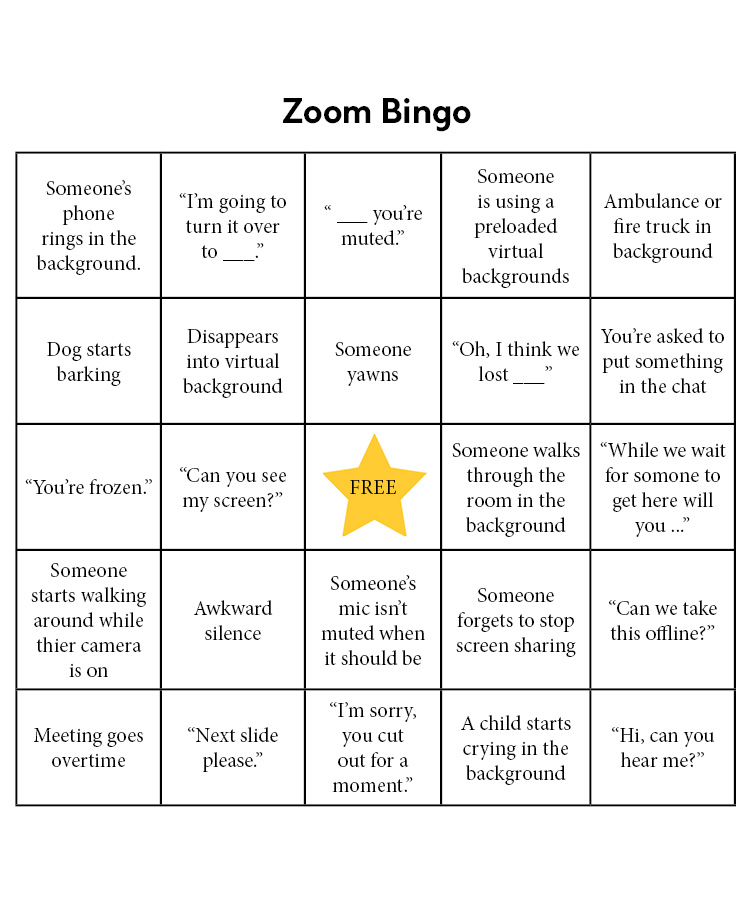I’m writing this from the makeshift quarantine bunker in what used to be our spare bedroom — sweatpants on, snacking my way through my emergency rations, with my cat and dogs fighting each other in the background. I’m lucky that I could easily transition to working from home and I’m surprisingly quite productive, but this isn’t the case for many office workers shooed away from the office, trying to acclimate to a work-from-home lifestyle.
There has been much debate as some predict whether employees will return to their offices after the pandemic is in our rear-view mirror or if this disrupter has made a permanent shift to how we work going forward. I stumbled upon a great podcast from Hidden Brain called When you start missing tony from accounting, it shed some more insight into this.
In a study that is discussed in the podcast, a group of 1,000 participants from the same company were involved. Half worked from home for 9 months and half worked from the office. The purpose of the trial was to find out if productivity declined and if so, would that be offset by the potential for smaller office space required? The results …
- The staff working from home were 13% MORE productive.
- They estimated that they would have also saved almost $2,000/employee in office costs.
After the very successful trial, management offered everyone in the company the ability to work from home and some took them up on the offer but surprisingly, out of the ones who did the work at home trial, only 1/3 wished to keep it that way and the rest went back to the office.
The results of this survey are congruent with what we are seeing now as we have a massive world-wide experiment unfolding before our eyes. Why is it not working for many?
- The first few months of working from home are ideal but soon after, employees begin feeling depressed and fall victim to one of three enemies: the bed, the fridge, or the television.
- Remote working is ideal when the roles are more autonomous but tends to break down when there are big teams working on complex or highly collaborative projects.
- Employees live in rural communities with not ideal internet connections.
- It has exacerbated social economic discrepancies among the work force. The younger, newbies at the job need the mentorship and office interactions to learn. Higher income earners tend to have more spacious homes, whereas ones on lower incomes live and now work in cramped confines. Then layer on the lack of separation of work and home, reports have shown an increase domestic abuse.
- Although employees were found to be more productive than office working counterparts, they were more often passed over for promotions. Watercooler conversations spur on creativity, understanding, and relationships that keep people in the know of what is going on.
Being near other people allows us to express our most human qualities, like empathy and collaboration. They are what produces the kind of meaningful interpersonal contact we miss out on when we’re stuck at home. The reason companies have micro-kitchens and free snacks is not because they think people are going to starve between 9 a.m. and noon, it’s because that’s where you get those moments of serendipity. Creativity comes from spontaneous meetings and random discussions.
Maybe this is the tipping point in which technology steps in to help create the virtual watercooler and spur on personal connections. Some companies are already starting to do just that and create virtual meetings rooms that are left open indefinitely. Anyone can go in at any time and meet up with whomever they wish. The best ones are truly private, encrypted and out of the snooping range of over-interested managers. There are discussions that augmented reality (AR) and virtual reality (VR) could be the long-term solution to facilitating novel ways of helping team members be together while socially distanced. This could bring back to a more “normal” office work environment, providing an immersive experience of discussions instead of the meme-inducing video calls we are using now.
I suspect, if productivity and revenues can be sustained over time, we might even see a form of hybrid schedule where workers are given a certain number of days at home or office to catch up. It might be the winning formula for satisfying workers who enjoy working remotely but miss the office interactions — and vice versa. The right combination of tools will lend itself to a strong foundation for a company, even when workers aren’t physically present.
Until we that day arrives, maybe if we add a little more fun to those countless Zoom meetings, we can all get through this. Anyone up for a game of Zoom bingo?


